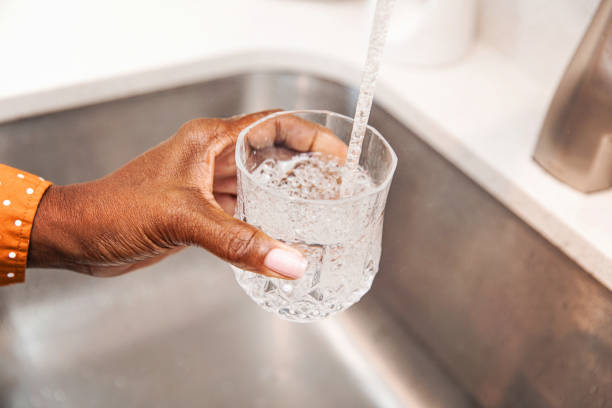Chloromethane

Parameter Type: Drinking Water Testing for Volatiles
Parameter Name: Chloromethane
What it is and Where it Comes From:
Chloromethane, also called methyl chloride, Refrigerant-40, R-40 or HCC 40, is an organic compound with the chemical formula CH3Cl. One of the haloalkanes, it is a colorless, odorless, flammable gas. Chloromethane is a crucial reagent in industrial chemistry, although it is rarely present in consumer products. Chloromethane is an abundant organohalogen, anthropogenic or natural, in the atmosphere. Smaller quantities are used as a solvent in the manufacture of butyl rubber and in petroleum refining. It is also used in a variety of other fields: as an extractant for greases, oils, and resins, as a propellant and blowing agent in polystyrene foam production, as a local anesthetic, as an intermediate in drug manufacturing, as a catalyst carrier in low-temperature polymerization, as a fluid for thermometric and thermostatic equipment, and as a herbicide. Chloromethane was a widely used refrigerant, but its use has been discontinued. Chloromethane was also once used for producing lead-based gasoline additives. Naturally occurring chloromethane is continuously released into the atmosphere from oceans, rotting wood, forest fires, and volcanoes. Chloromethane can dissolve in water, and small amounts of chloromethane in air may go into surface waters or groundwater when it rains. Chloromethane can also enter water from industrial or municipal waste streams or from water that meets municipal or hazardous waste sites. Chemical companies generally treat wastewater to remove chloromethane. Drinking water testing gives you several benefits like peace of mind, identifying contaminants in your water, and insight into health concerns. Safe Home offers Laboratory drinking water testing kits for chloromethane, allowing you to collect your water sample and ship it directly to our EPA-Certified Laboratory. This platform of drinking water testing for chloromethane will give you an accurate level based on the lowest level of a parameter our instruments can detect (Method Detection Level). Safe Home drinking water testing for volatiles can be used for city and well water supplies. Drinking water testing should be done any time you notice a significant change in your water quality.
Health Effects:
In humans, brief exposures to high levels of chloromethane can have serious effects on the nervous system, including convulsions, and coma. Other effects include dizziness, blurred or double vision, fatigue, personality changes, confusion, tremors, uncoordinated movements, slurred speech, nausea, and vomiting. These symptoms develop within a few hours after exposure and may persist for several months.
Solutions to Contaminant Levels:
You have completed the drinking water testing process, what Is the next step? You can reduce chloromethane from drinking water with Reverse Osmosis (RO) and activated carbon. A filter with granular activated carbon (GAC) is a proven option to remove certain chemicals, particularly organic chemicals, from water. GAC filters can be used to remove chemicals that give objectionable odors or tastes to water such as hydrogen sulfide (rotten eggs odor) or chlorine. Reverse osmosis is a process that removes foreign contaminants, solid substances, large molecules, and minerals from water by using pressure to push it through specialized membranes. Here’s how reverse osmosis works. Unlike osmosis, which is a passive process, reverse osmosis requires external force (pressure) to work. Pressure is applied to a highly concentrated solute solution, such as salt water, to pass through a membrane to a lower concentrate solution. The membrane allows water to flow through but blocks out larger molecules, like contaminants. The reverse osmosis process leaves higher concentrations of solute on one side and only the solvent, or freshwater, on the other. Who do I need to contact to find out more information about water quality in my area? Every community water supplier must provide an annual report to its customers, known as a Consumer Confidence Report (CCR). The report provides information on your local drinking water quality, including the water’s source, contaminants found in the water, and how consumers can get involved in protecting drinking water. How often does the local public water system preform drinking water testing? Frequency of drinking water testing depends on the number of people served, the type of water source, and types of contaminants. Certain contaminants are tested more frequently than others, as established by the Safe Drinking Water Act. You can find out about levels of regulated contaminants in your treated water for the previous calendar year in your annual Consumer Confidence Report (CCR).


